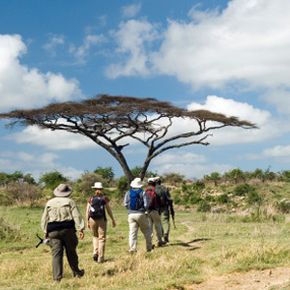"Experience your America." It's an inviting proposition, isn't it? It's the welcoming slogan of the U.S. National Park Service.
North America contains some of the most glorious landscapes in the world, from the jagged peaks of the Rockies to the plunging depths of the Grand Canyon, from the thick-hanging moss and vines of the Florida Everglades to the soaring redwoods of California, from the volcanic peaks of Hawaii to the glaciers of Alaska. In every state, the National Park Service (NPS) works to keep the land beautiful and to preserve native species for generations to come.
Advertisement
The National Park system encompasses more than 400 parks. But it includes much more than just land. It also manages historic sites and their national registry. It conducts important geological and ecological projects, such as monitoring air and water quality and tracing levels of contaminants and pollutants that could wind up in the food supply [source: environment, history -- even art.
Volunteer work is crucial to all these endeavors. It can be as simple as taking half an hour out of an afternoon hike to pick up litter along a trail -- or as involved as a research internship. NPS volunteers -- of every age, background and ability level -- log millions of hours every year. Perhaps it's only natural: When you see places this beautiful, you want to help them.
In this article, we'll take a look at ways to get involved with the NPS, regardless of your age, skills, location or citizenship.
Advertisement
